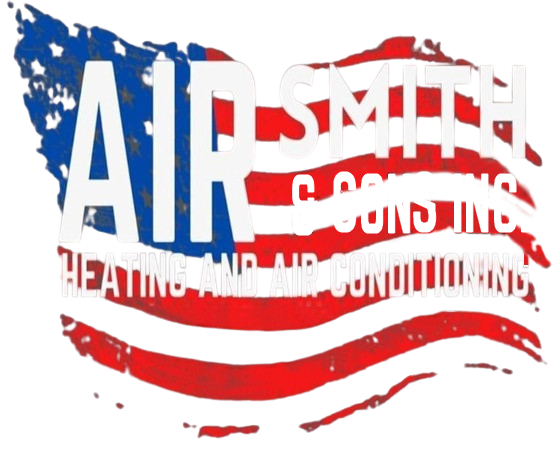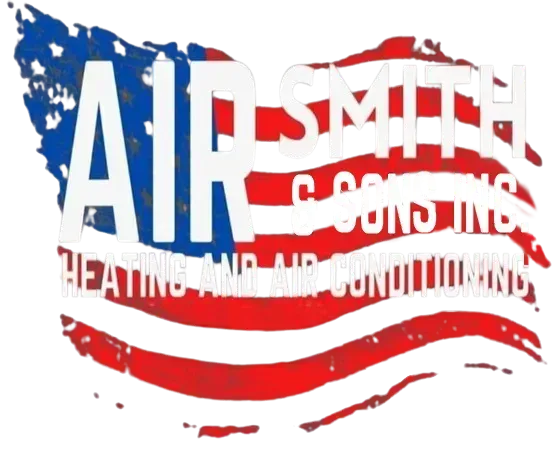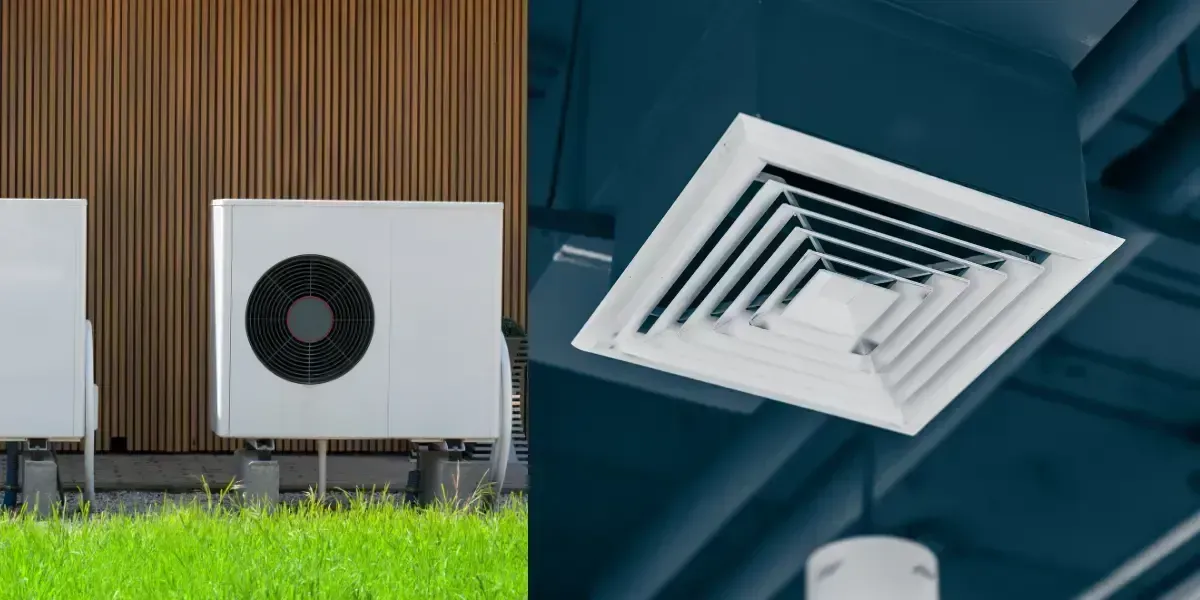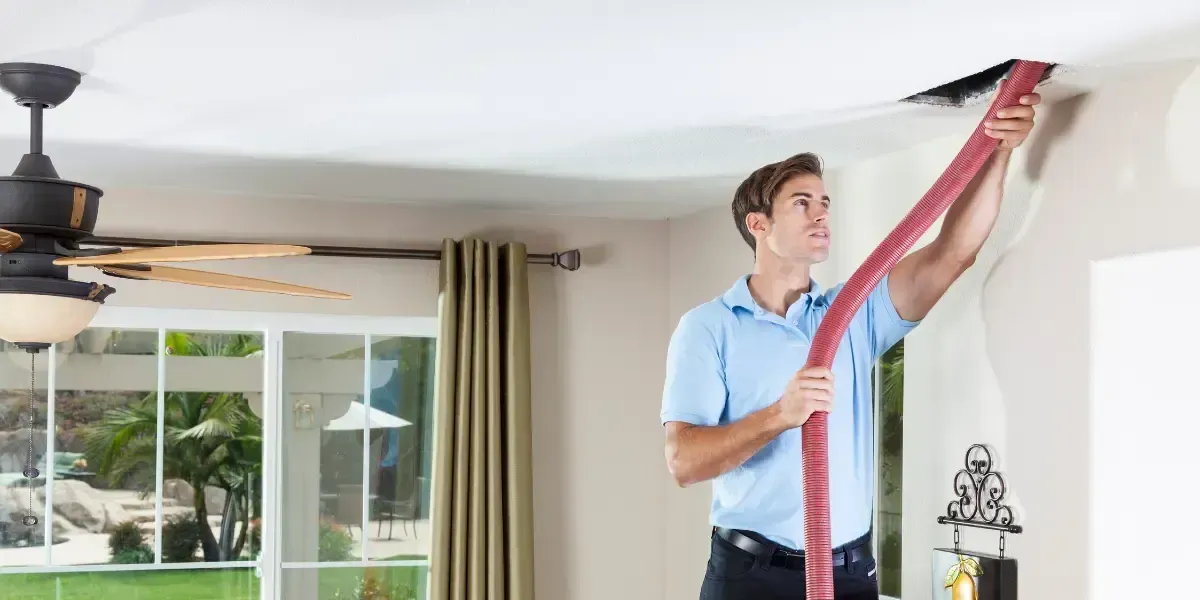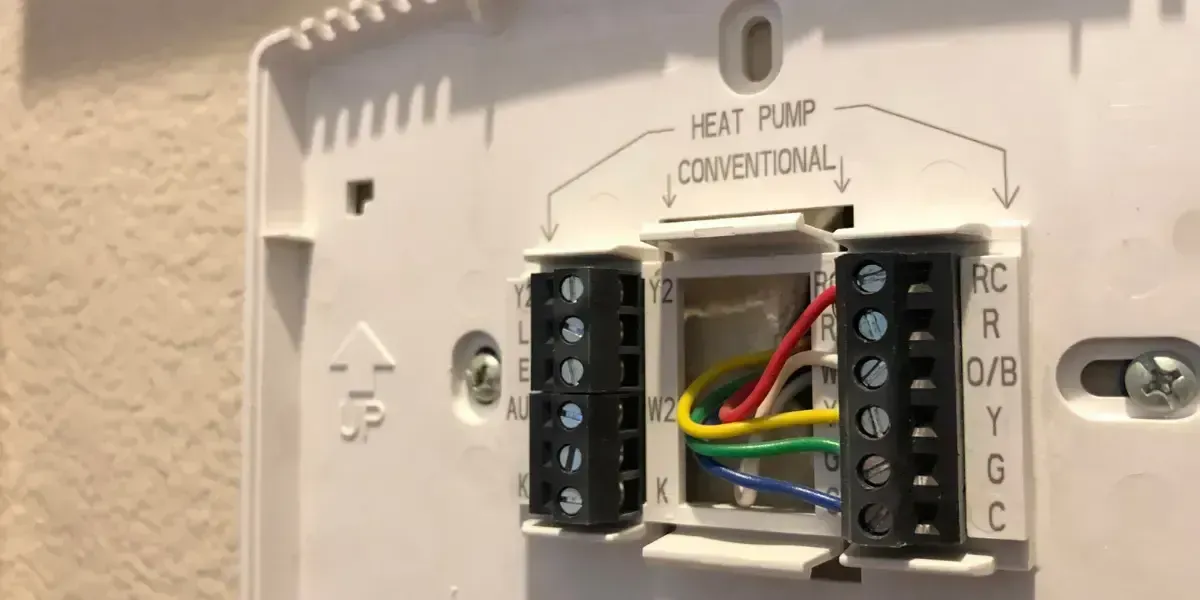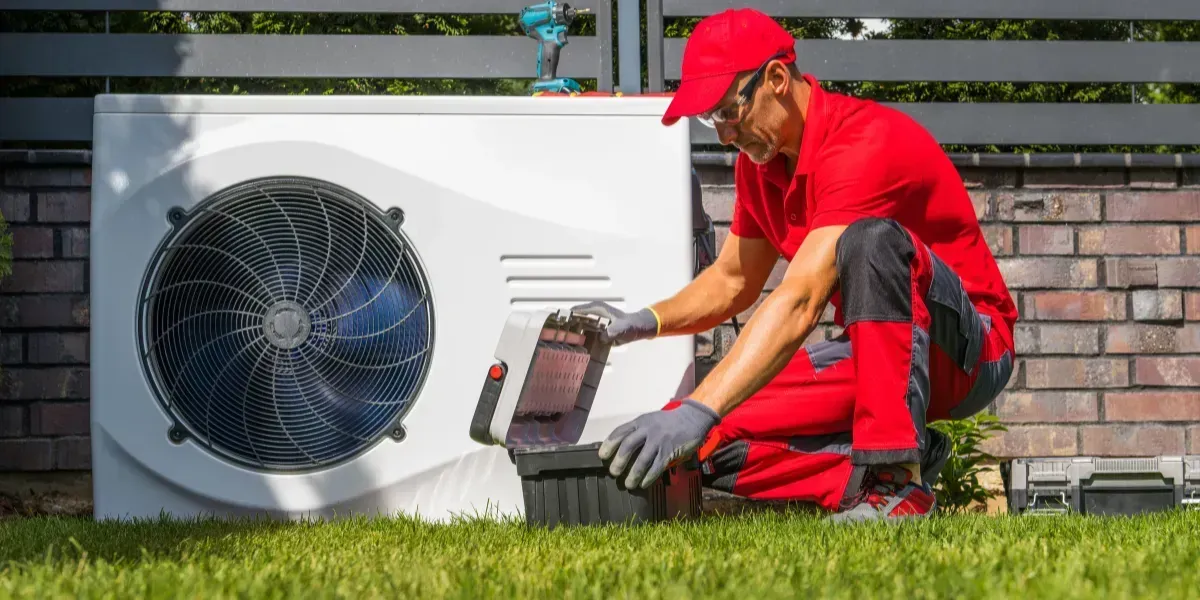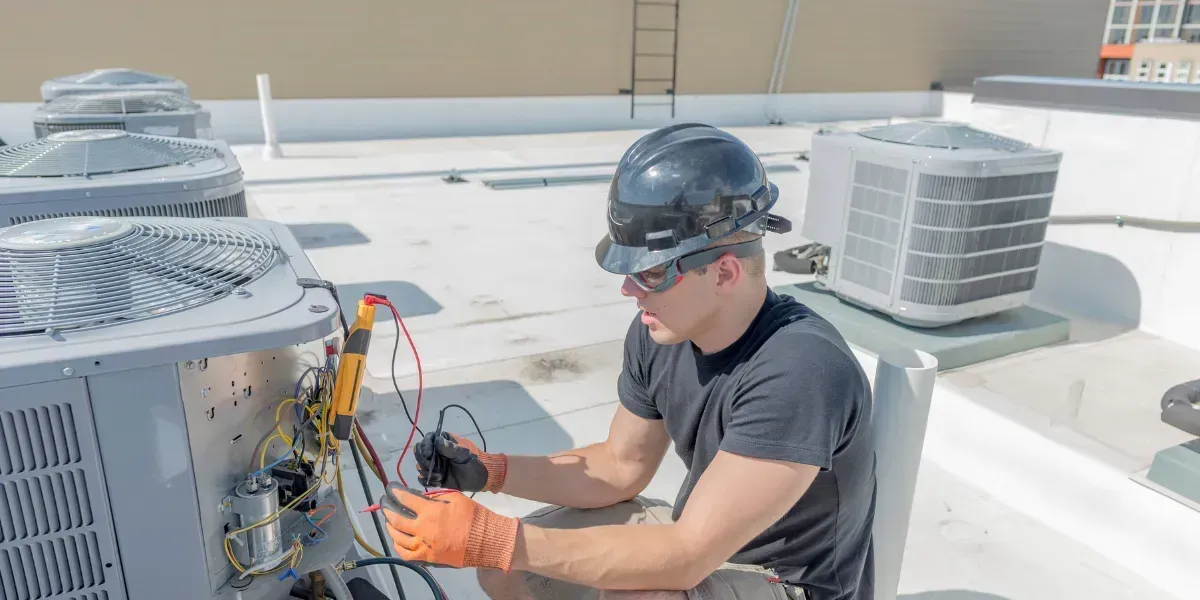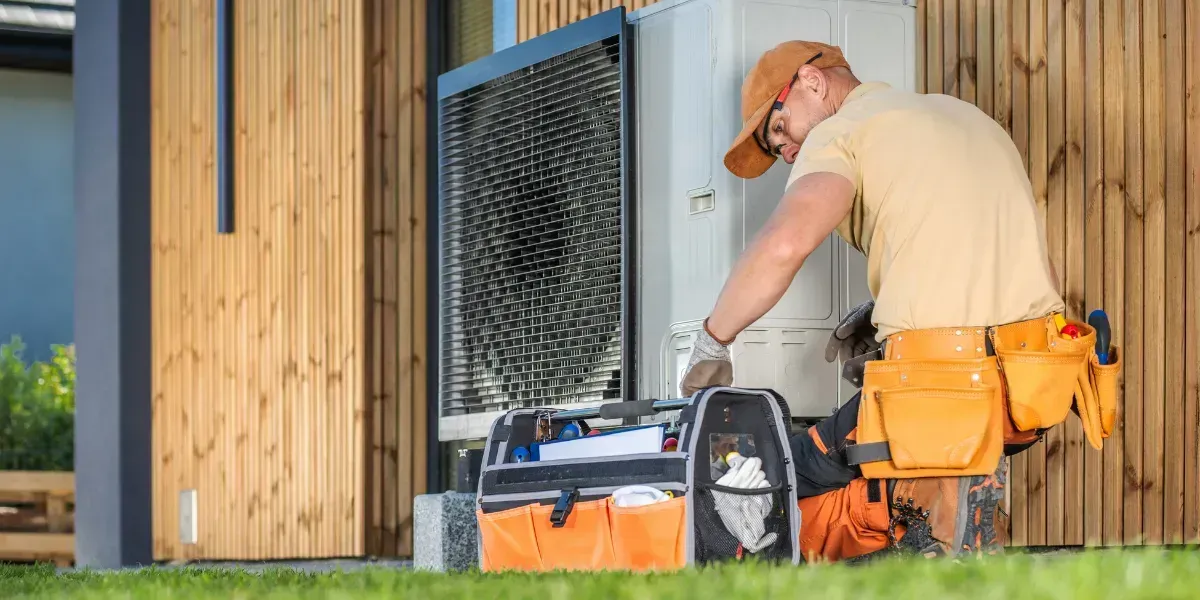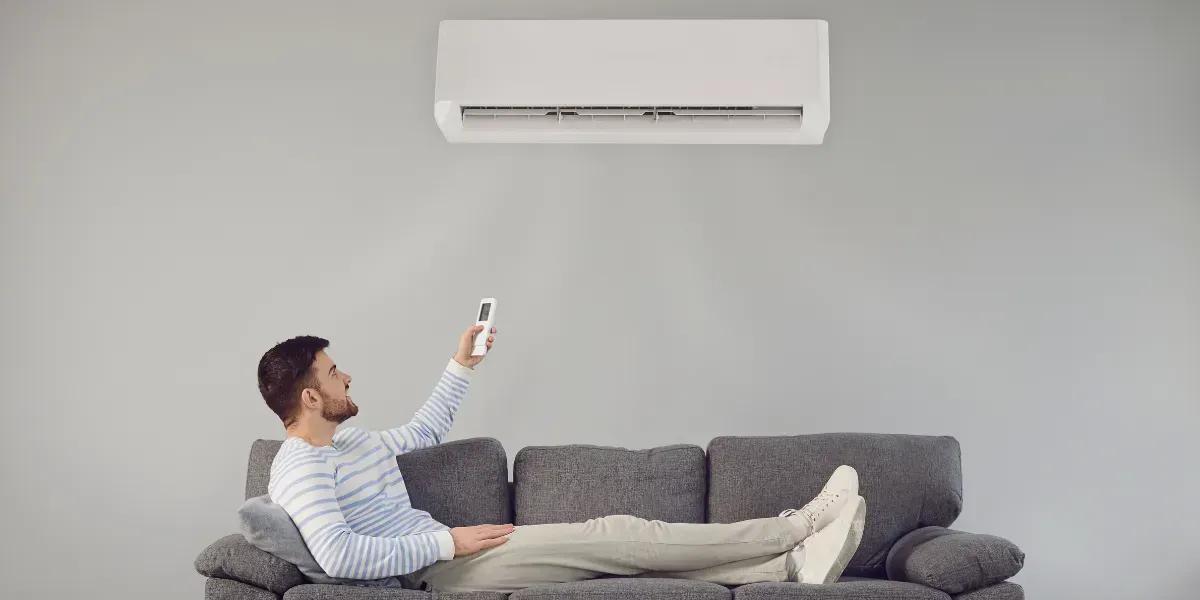Ductless vs. Ducted Heat Pumps: What’s Best for You?
Choosing between a
ductless vs. ducted heat pump is an important choice. This choice helps you feel comfortable while saving energy. Each system has its own special benefits and things to think about. Let’s look at how each system works, what good and bad points they have, and which one might be the best option for you.
Key Takeaways
- Ducted heat pumps provide even heating and cooling across large homes with existing ductwork, making them ideal for consistent comfort.
- Ductless heat pumps offer flexibility with zoning and easy installation, making them great for homes without ducts or for specific rooms.
- Ductless systems are more energy-efficient, as they don’t lose heat through ducts, reducing energy bills, especially in older homes.
- Ducted systems generally have higher installation costs but offer whole-home coverage and are better suited for homes with multiple rooms.
- Both ducted and ductless systems can last 15-20 years with proper maintenance, but ductless units may require more frequent filter changes.
What is a Heat Pump?
A heat pump is a device used in HVAC systems. It moves heat from one place to another. Unlike regular furnaces or air conditioners, a heat pump can both heat and cool in one system. This makes it a good choice for many homes.
Overview of Ducted Heat Pumps
How Ducted Heat Pumps Work
Ducted heat pumps use a system of ducts to send air around a home. This system works with an outdoor unit that moves air to an indoor unit. From there, air flows through the ducts to get to every room.
Types of Ducted Heat Pumps
Ducted systems have different types. There are central ducted systems and mini-ducted systems. Central ducted units are for larger homes that already have ductwork. Mini-duct systems are better for smaller spaces or homes with little ductwork.
Overview of Ductless Heat Pumps
How Ductless Heat Pumps Work
Ductless heat pumps, or mini-splits, offer heating and cooling without needing ducts. They have an outdoor compressor and one or more indoor units. These units are installed in different rooms.
Types of Ductless Heat Pumps
Single-zone ductless units work for just one room. Multi-zone units can heat and cool several rooms at once. Ductless units offer different options. You can install them on the wall, ceiling, or floor.
Comparing Ductless vs. Ducted Heat Pumps
Efficiency and Energy Use
Both ductless and ducted systems are good, but ductless systems often work better because they do not lose energy through ducts. In homes with leaky ducts, about 30% of energy can be lost in a ducted system.
For homeowners who want to save energy, especially in older homes or ones where adding ducts doesn’t make sense, ductless systems are a good choice. They focus energy right on heating or cooling the rooms that are used. This can help save money on energy bills and lower the overall carbon footprint of the home.
Installation Requirements
Ducted systems usually need more installation work because they require ductwork. Ductless systems, however, are easier and quicker to set up, especially in homes without ducts. Ducted systems might need to be cut into walls, floors, or ceilings for the ductwork.
In contrast, ductless systems only need small holes to link the indoor and outdoor units. This makes ductless systems a better option for updating older homes or for places where construction would be too much of a hassle.
Cost Considerations
Installation costs are higher for ducted systems because setting up ductwork takes more labor. Ductless systems might cost more per unit, but they can save money if you only want to heat or cool specific areas. Ductless systems let homeowners add units over time, making it easier to manage costs. On the other hand, ducted systems usually need a big investment right from the start.
Advantages of Ducted Heat Pumps
Consistent Temperature
Ducted systems give even heating and cooling in the whole home. This is great if you want the same climate in every room. It is especially good for houses with an open floor plan or for families who like a steady temperature everywhere. The air flows smoothly, so there are no warm or cool spots. This creates a balanced and comfortable place to be.
Hidden Ductwork
With ducted systems, all parts are kept out of sight in walls, ceilings, and floors. This makes your home look neat because there are no visible indoor units. It is great for people who care about appearance and want a more classic HVAC system that does not disrupt their interior design.
Advantages of Ductless Heat Pumps
Flexibility and Zoning
Ductless systems have great zoning features. They let you set different temperatures in separate rooms. This is perfect for big families or homes with many rooms. If you have a home office, you can keep it cooler or warmer. This will not change the temperature in the rest of the house. It makes it easy to use and saves energy.
Ease of Installation
Without ductwork, ductless systems are faster and easier to install, making them a popular option for older homes. Their straightforward setup causes less disruption and saves time, which is ideal if you’re looking for a quick and reliable way to heat and cool your home. To keep your system running efficiently, regular ductless heating maintenance is essential.
Disadvantages of Ducted Heat Pumps
Higher Installation Costs
Installing a ducted system can be more costly because it needs a lot of work. This cost may be too high for homeowners who are on a budget or do not want to spend a lot on construction. For new homes, ducted systems can be a good choice. However, for older homes, the costs can rise quickly when changes are made.
Potential for Duct Leaks
Over time, ducts can leak. This causes energy loss and makes the system work less well. You need regular care to keep everything running nicely. When ducts leak, the air quality inside can also change. Dust and allergens can come from open areas and move into the duct system, spreading around the home.
Disadvantages of Ductless Heat Pumps
Higher Initial Cost per Unit
Ductless systems usually cost more at the start for each indoor unit. This cost can rise quickly if you need several units. Because of this, ductless systems might not be the best choice for larger homes or homes with many rooms. Each area will need its own unit for complete coverage.
Limited Aesthetic Appeal
Some homeowners might think that the indoor units of ductless systems do not look good. This is especially true for simple or stylish homes. Ductless units are meant to fit in with the space. However, they still need to be mounted on a wall or ceiling, which may not match everyone’s taste.
Which Heat Pump is Right for You?
Evaluating Your Home’s Layout
If your home already has ducts, a ducted system may be simpler to install. If there are no ducts, a ductless system can cut costs and save time on installation. Think about how many rooms need heating and cooling. Decide if a single, central system is best, or if having zones is more useful.
Considering Climate and Seasonal Needs
In places with mild winters, a ductless system might work just fine. But in areas with very cold or very hot weather, a ducted system can cover your needs better. Ducted systems can be helpful in climates that change a lot. They give more steady comfort in your whole home all year round.
Energy Efficiency and Cost Savings
Both types of heat pumps save money compared to traditional HVAC systems. Ductless systems do a great job of heating and cooling specific areas. This can lower energy use because they only heat or cool spaces that are being used. Homeowners with big homes might find a ducted system more helpful. A ducted system can heat or cool several rooms at the same time without needing several units, which is common with ductless systems.
Maintenance and Lifespan
Ducted systems need their ducts cleaned and sealed. Ductless systems need regular cleaning of the indoor units. With good care, both types can last 15 to 20 years. However, ductless systems might need filter changes more often because they are located in living areas.
How Air Smith & Sons Inc. Can Help with HVAC Care
For homeowners in Jurupa Valley, California, and nearby places, Air Smith & Sons Inc. gives expert help with choosing between ductless and ducted heat pump systems. They focus on quality installation and keeping customers happy. Air Smith & Sons offers:
- Skilled HVAC workers who examine what your home needs.
- Personalized heating and cooling options are designed for your comfort.
- Complete installation and care, making sure it works well for a long time.
Why You Should Choose Air Smith & Sons Inc.
- Experienced Team: Many years of knowledge in HVAC systems.
- Reliable Service: We focus on customer happiness.
- Flexible Options: Choices for all home sizes and layouts.
- Quality Assurance: We guarantee your satisfaction.
Frequently Asked Questions
Can I add ductwork to my home for a ducted heat pump?
Yes, it can happen, but it might be expensive and may need a lot of building work. Talk to an HVAC expert to see if it can be done.
Are ductless heat pumps as effective in larger homes?
Ductless systems can be used in big homes. However, you might need several units. This could lead to higher costs.
How often do ducted systems require maintenance?
Ducted systems usually need yearly upkeep. This includes cleaning the ducts to keep them working well.
Are ductless systems more expensive to operate?
Not always. Ductless systems let you heat and cool different areas. This can make them better, especially for smaller homes.
Which system is better for an open-concept layout?
Ducted systems are typically good for open-concept layouts. They provide even air distribution all around large spaces.
Conclusion
Choosing between ductless and ducted heat pumps is an important decision. It affects your comfort and how much you spend on energy. By thinking about things like the layout of your home, your climate needs, and your budget, you can find what works best for your lifestyle. For help,
Air Smith & Sons Inc. can provide the guidance you need for a simple installation. If you need assistance, call Air Smith & Sons Inc. at
(951) 202-4957.
